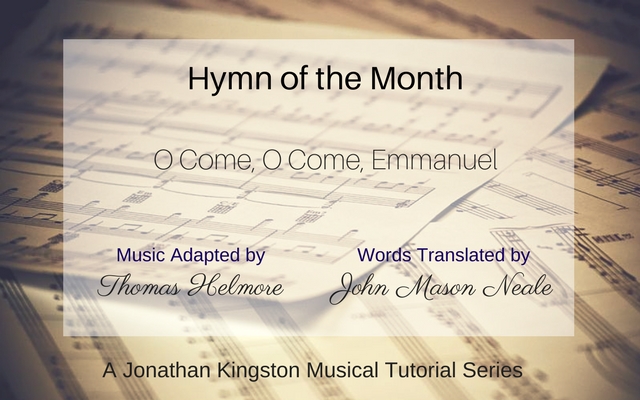Decembers hymn is the much-loved Christmas carol “ O Come, O Come, Emmanuel ”. The words were originally written in Latin text and combined from various antiphons by an unknown author, possibly in the 12th Century. The Latin text was translated into English by John Mason Neale in 1851. It is believed that the melody was of French origin and later adapted by Thomas Helmore.
VENI EMMANUEL adapted by Thomas Helmore
Thomas Helmore (1811 – 1890) adapted the tune and published it in Part II of his The Hymnal Noted (1854). The volume listed the tune as being “From a French Missal” in the National Library, Lisbon. As Helmore didn’t provide any means of verifying the source, some doubts of its attribution still remains.
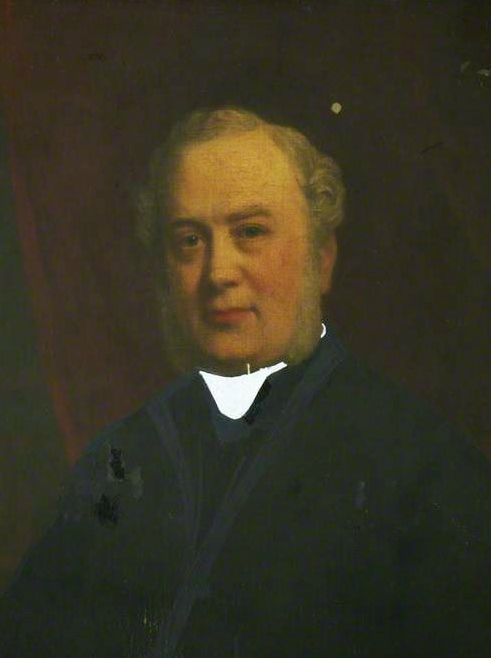
In 1966 British musicologist Mary Berry discovered a 15th-century manuscript containing the melody in the National Library of France. Whether this particular manuscript was the actual source to which Helmore referred is difficult to say. The Hymnal Noted referred to Lisbon, not Paris, and to a missal, not a processional. Berry raised the possibility that there might exist “an even earlier version of” the melody. The ‘mystery’ still remains!
Thomas Helmore was born in Kidderminster, Worcestershire, and was amongst many things a choirmaster, writer, author and editor of hymns and carols. He was a graduate of Magdalen College, Oxford. He was later ordained a priest in the Church of England, but his main contribution to the church was in music. He was also precentor at St. Mark’s College, Chelsea and master of the choristers in the Chapel Royal for many years.
O Come, O Come, Emmanuel translated by John Neale
This hymn, originally in Latin, takes us back to monastic life in the 8th- or 9th-century. Seven days before Christmas Eve monasteries would sing the “O antiphons” in anticipation of Christmas Eve. The Latin metrical form of the hymn was composed as early as the 12th century. John Neale discovered the Latin hymn in the appendix of an early 18th-century manuscript. Neale’s 1861 translation from Hymns Ancient and Modern is now the most prominent by far in the English-speaking world.
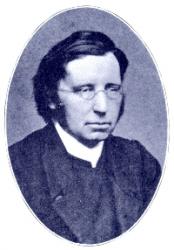
Neale (1818 – 1866) himself was an Anglican priest, translator, scholar and hymn writer. He was born in London and educated at Sherborne School and later at Trinity College in Cambridge. Already at the age of 22 he was the chaplain of Downing College, Cambridge.
Neale is a renowned hymn writer, having enriched English hymnody with many ancient and mediaeval hymns translated from Latin and Greek. He made English-speaking congregations aware of the centuries-old tradition of Latin, Greek, Russian, and Syrian hymns.
Watch the video
This is played on a custom built Envoy 23-S, which is a very popular church instrument.
About Jonathan Kingston’s Musical Background
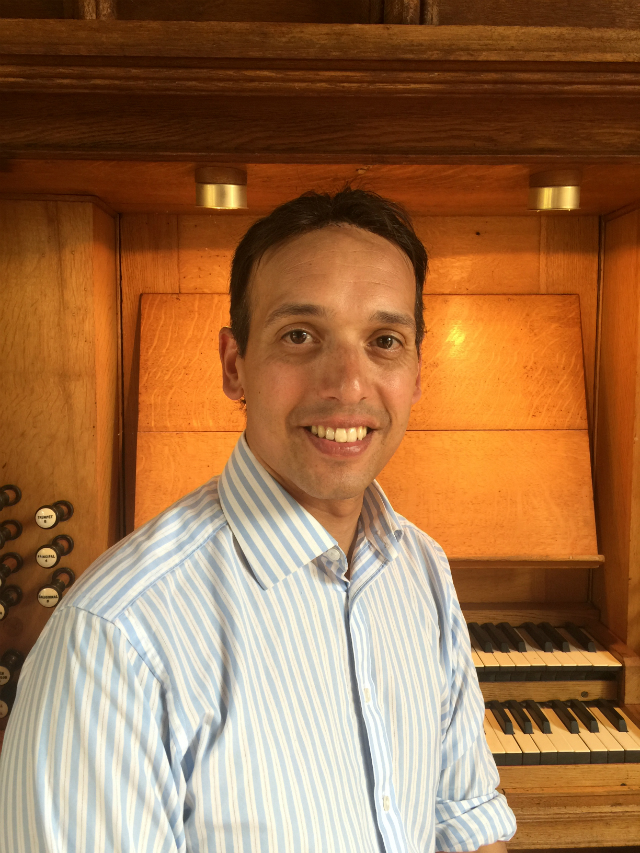
Jonathan was an organ student while studying with Ian Tracey and Ian Wells at Liverpool Anglican Cathedral before being appointed Sub Organist at Bradford Cathedral, aged 18. Assistant Director and Director of Music appointments followed at Stowe and Bromsgrove Schools before an appointment to The King’s School in Ely where he served Ely Cathedral as a deputy organist.
Jonathan is a recording artist for Naxos, Priory and EMI Records and is an ABRSM examiner and coordinator touring the UK and internationally. As an organist, he has appeared with many leading orchestras and choirs including the Royal Liverpool Philharmonic, Halle, London Symphony Orchestra & Chorus and English Symphony Orchestra as well as featuring in many live broadcasts on BBC radio and television.
He is the newly appointed Director of Music at Stony Stratford Parish Church where he presides over the magnificent Willis pipe organ.
Jonathan’s Work With Viscount
Jonathan’s work with Viscount Classical Organs encompasses performing and presenting promotional and tutorial material for the company and his freelance portfolio covers educational outreach, teaching, performing, examining and musical direction. He covers several areas for Viscount from sales, demonstrations, voicing of instruments and performing. His playing features on the current promotional DVD material for Viscount, and he would be very pleased to hear from any churches or individuals requiring an engaging and lively recitalist. If you would like to connect with Jonathan directly, please feel free to follow him on Twitter (@jonkingston) or by email on jonkingston@hotmail.co.uk.
About the Digital Organ Being Played
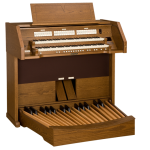
Jonathan plays this piece on an instrument based on our Envoy 23-S. A ‘Physical Modelling’ based instrument with 23 stops in a real wood veneer cabinet. It has a huge internal library allowing the user to create 4 totally individual voice pallets from classic English through Baroque and Romantic. It benefits from a full complement of divisional thumb pistons and additional toe pistons. The standard 23-S organ has a 30 note pedal board while the instrument in the film has a 32 note board. For more information have a look at the specifications here.
I have had a passion for church organs since the tender age of 12. I own and run Viscount Organs with a close attention to the detail that musicians appreciate; and a clear understanding of the benefits of digital technology and keeping to the traditional and emotional elements of organ playing.
